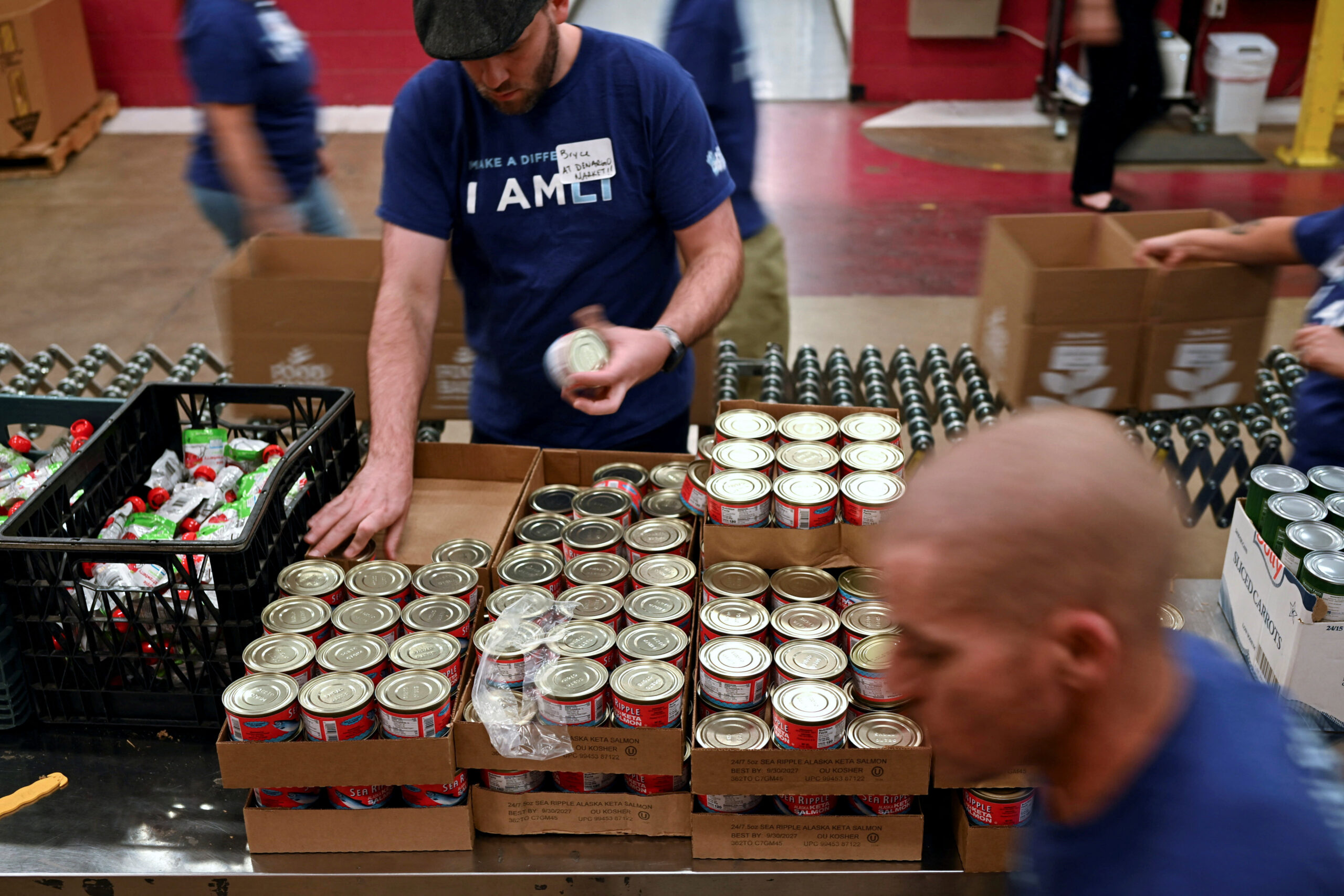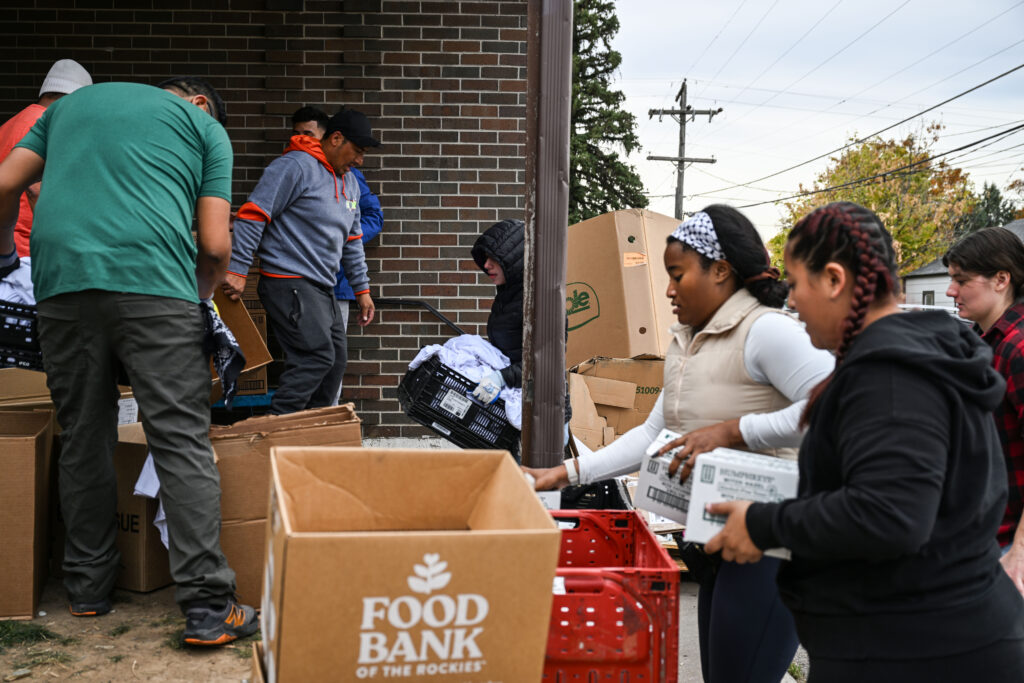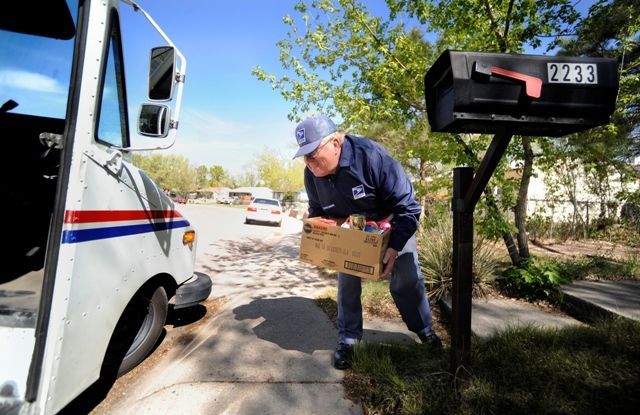Trump administration partially funds November food stamp

President Donald Trump’s administration said on Monday it plans to partially fund November food benefits for millions of Americans, but warned it could take some states weeks or months to calculate and distribute the aid.
The administration laid out the Department of Agriculture’s plan in a filing in federal court in Rhode Island after a judge ordered it on Friday to use emergency funds to at least partially cover this month’s Supplemental Nutrition Assistance Program or SNAP benefits.
But a USDA official warned in the filing that at least some states, which administer SNAP benefits, would need weeks to months to make system changes that would allow them to calculate and issue the reduced benefits.
In the meantime, some states have hurried to pay benefits themselves or buoyed support for food banks.
In another development, the Trump administration has made $450 million in tariff revenue available for a childhood nutrition program imperiled by the federal government shutdown, according to federal funding records.
The shutdown, now in its 34th day, has compromised benefits for nearly 7 million low-income Americans who are pregnant, breastfeeding or who have children under age 5 who receive food, nutrition counseling and other support through the Special Supplemental Nutrition Program for Women, Infants, and Children, known as WIC.
The money was transferred to the WIC program on Friday, according to the records from the White House Office of Management and Budget. It was drawn from a pool of tariff revenue made available to the U.S. Department of Agriculture for commodity and disaster assistance, and will cover about three weeks of benefits, said the National WIC Association.
In Colorado, Gov. Jared Polis and legislators have scrambled to fund the WIC program, as well as find a way to get food assistance to SNAP beneficiaries.
Partial payments are unprecedented in SNAP’s 60-year history, which provides assistance to nearly 42 million low-income Americans.
Changes in the system that states need to implement to provide reduced benefits “will take anywhere from a few weeks to up to several months,” said the filing from Patrick Penn, deputy under secretary for food, nutrition, and consumer services at the USDA.
SNAP benefits, also known as food stamps, lapsed for the first time ever on Nov. 1 amid the federal shutdown.
CONTINGENCY FUNDS
A coalition of Democratic-led states sued the administration last week to draw on contingency funds and other sources of funds to pay for the benefits after the USDA said last month it would suspend SNAP benefits starting Nov. 1.
The U.S. Department of Justice said on Monday that the USDA is complying with U.S. District Judge John McConnell’s order and “will fulfill its obligation to expend the full amount of SNAP contingency funds today.”

While the administration said it would fully deplete the $5.25 billion in contingency funds, it would not use other funding that would allow it to fully fund SNAP benefits, which cost $8 billion to $9 billion per month.
Penn said in the court filing that the sums required to fully fund SNAP are too large to draw on tariff revenue, some of which is earmarked for other child nutrition programs.
Skye Perryman, CEO and president of Democracy Forward, which represented the plaintiffs in the case, said in a statement the group is “considering all legal options to secure payment of full funds.”
The administration said $600 million would be used to fund states’ administrative costs in administering SNAP benefits, leaving $4.65 billion to cover 50% of eligible households’ current allotments.
UNPRECEDENTED PAYMENTS
States will need to calculate the partial benefit amount for recipients and then transmit that information to their contracted Electronic Benefit Transfer processor, which then loads SNAP recipients’ EBT cards with their benefits.
Conduent, an EBT processor that works with 37 states, said it would be able to move quickly once it receives updated benefit information from states.
SNAP benefits are paid out monthly to eligible Americans whose income is less than 130% of the federal poverty line, or $1,632 a month for a one-person household and $2,215 for a two-person household in many areas.
McConnell and another judge in Boston, U.S. District Judge Indira Talwani, said on Friday the administration had the discretion to also tap a separate fund holding around $23 billion.
Penn said in the court filing the agency is carefully considering using those funds but determined they must remain available for child nutrition programs instead of SNAP.
STATES STEP IN
Several states, including Colorado, Alaska and Maryland, have joined Vermont, Virginia and a handful of other states that are freeing up state funds to pay for November SNAP benefits.

A panel of Colorado legislators last week approved a $10 million cash infusion into food assistance for SNAP beneficiaries.
But state policymakers and budget staffers also said they fear that the plan is riddled with “holes,” describing it as akin to plowing a “field with a fork.”
Colorado has no actual ability to put those funds into the hands of the SNAP recipients because the state does not have a good tool to replace or supplement SNAP, lawmakers were told. Members of the legislature’s Joint Budget Committee also questioned why the governor only sought $10 million, given it would cost $120 million to fund SNAP this November.
Meanwhile, cities are scrambling, as they anticipate the loss of SNAP funding for their residents. In Denver, Mayor Mike Johnston announced a new food task force to help residents who might have a difficult time accessing food in the coming weeks.
The $10 million in state funding requested by Polis will go to the state’s Community Food Assistance Providers Grant Program, which is administered by the state Department of Human Services.
SNAP beneficiaries will not receive direct assistance, as the state doesn’t have a mechanism for putting money into SNAP cards. The amount is a fraction of the program’s monthly cost.
















